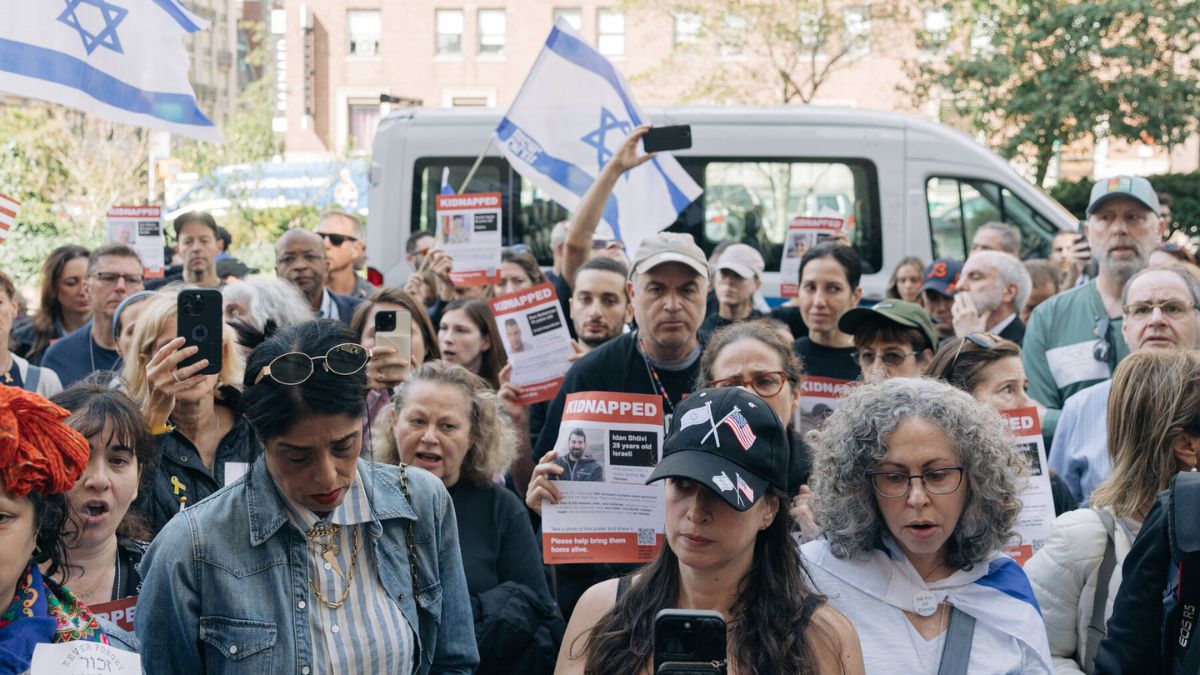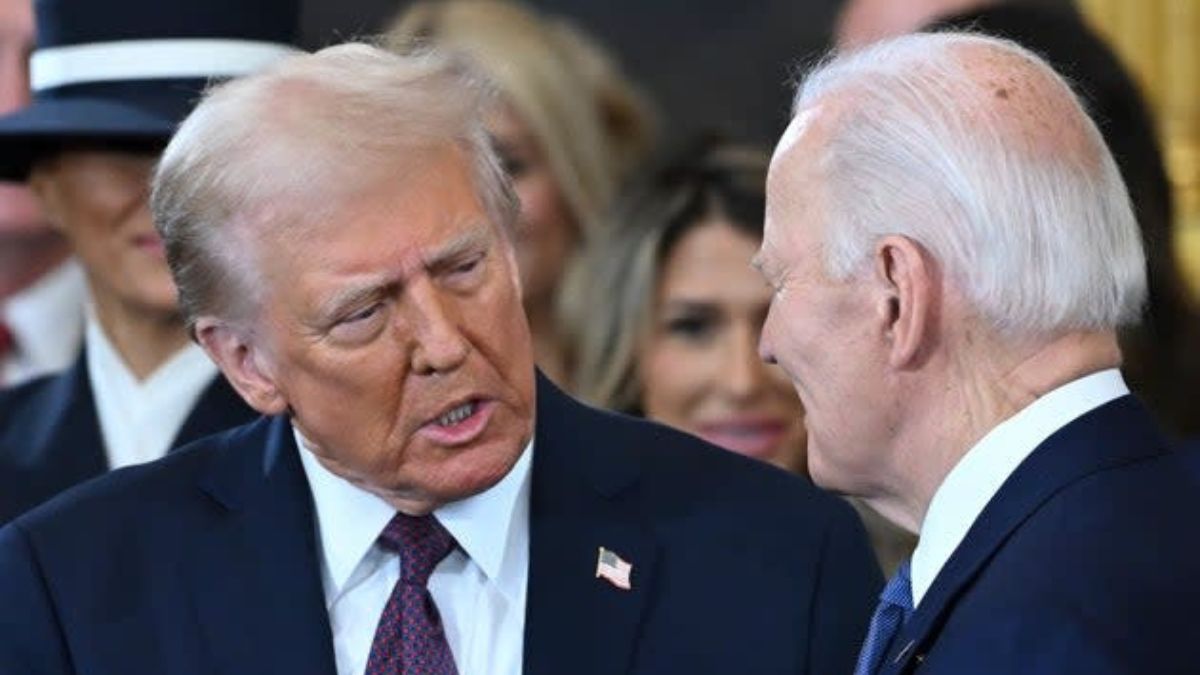During the Arab Spring-inspired revolt, Syrians were unified in their desire for freedom and improved government. But what started as a grassroots revolt quickly became embroiled in the plans of other forces, each of whom wanted to influence Syria’s future to suit their objectives. The Syrian people suffered longer as a result of this meddling, which deepened division and intensified the conflict.
The Early Unity of the Revolution
In the early stages of the uprising, the majority of Syrians—spanning Sunnis, Kurds, Armenians, Christians, and even Nusayris—stood together in their opposition to the Assad regime. Their collective demand for political change reflected a shared hope for a democratic Syria. Yet, as external powers entered the fray, the initial solidarity began to fracture.
Competing Agendas of External Powers
Türkiye envisioned a transformed Syria with an elected government ensuring the rights and freedoms of its citizens.
Iran, fearing the loss of its strategic “Axis of Resistance” connecting Iraq and Lebanon, staunchly supported the Assad regime, prioritizing its geopolitical objectives over the Syrian people’s aspirations.
Russia, invited into the conflict by Iran, aligned its goals with Tehran. It sought to solidify its regional influence by securing a Mediterranean naval presence and reasserting itself as a dominant global power.
Meanwhile, the United States appeared less decisive. Under the Obama administration, U.S. policy focused on fragmented alliances with groups like the PKK/YPG and Daesh, inadvertently ceding influence to Russia and neglecting the broader need for a stable and unified Syria.
The Role of Global Shifts and Regional Dynamics
Fifteen years into the revolution, the struggle for justice continues. The collapse of the Assad regime and the establishment of a new government offer hope, but building a stable order requires time and perseverance.
With Iran and Russia stepping back from direct involvement, new challenges emerge. Israel tests the boundaries of the nascent Syrian government, while U.S. intentions remain unclear. Will the U.S. continue to back the PKK/YPG under the pretext of combating Daesh, or will it pivot toward supporting a unified Syrian state? The potential return of Donald Trump to the presidency could further reshape American policy. Among the regional powers, Türkiye’s approach stands out. From the beginning, it has championed Syria’s territorial integrity and worked to ensure stability for both Syria and its neighbors. Unlike Iran, which thrives on regional instability, Türkiye has prioritized constructive engagement, emphasizing the need for a unitary Syrian state. Despite the competing interests of global and regional powers, the collective will of the Syrian people—their “sociology”—remains resilient. While external forces may delay progress, history suggests that the aspirations of a united population ultimately prevail. The revolution, though long overdue, continues to gather strength.
A Call for Unity in Rebuilding Syria
For Syria to achieve lasting peace and stability, global powers, neighboring states, and Arab nations must unite in their efforts. Turkey’s principled stance on Syria’s territorial integrity is a model for constructive engagement. In addition to helping Syrians, a cooperative effort to restore Syria will advance regional stability. Although there are many obstacles in the way of a better future, the movement towards justice, unity, and order gives hope for Syria in which the aspirations of its citizens ultimately prevail over turmoil and outside intervention.
In conclusion, the future of Syria rests on the ability of its citizens to withstand setbacks and the readiness of regional and international forces to put unity ahead of their interests. A stable, unified Syria requires collaboration, respect for its territorial integrity, and a collective effort to rebuild, ensuring the aspirations of its citizens finally prevail.




